River freight is the transportation of goods along the river, and in this context is the movement of goods along the Thames in and out of central London. River freight can be a cost-effective, efficient and sustainable way of transporting goods. Take a look at our River Freight Terminology document for an explanation of key terms related to river freight operations.
Get in touch using the contact form below.
Clean Air Logistics for London (CALL) is a £1 million Defra-funded project led by Westminster City Council in collaboration with 10 project partners. The project aims to move more freight into London via river rather than road, supported by low emission delivery methods in Central London.
Look at the resources, contacts and related content provided in this tool. If you’re still struggling, drop us a message using the contact form below and we will see how we can help.
Ultra-low emission vehicles emit considerably less tailpipe emissions compared to other vehicles. Ultra-low emission vehicles include electric vehicles as well as cargo bikes. However, you could also include delivery methods like walking as an ultra-low emission mode of delivery.
The costs of a river vessel can very depending on the size and type. However, for CRP’s London Light Freight River Trial, the vessel cost approximately £47,000 to use 5 days per week for a month. However, for more detailed costs, you can contact vessel operators directly using our Thames directory.
There are a few rare occasions where the river can’t be used by vessels. This includes when there are foggy conditions and when the Thames barrier is closed due to heavy rainfall (vessels can not pass through the barrier when it is closed). There are also some situations where certain goods require special transportation conditions.
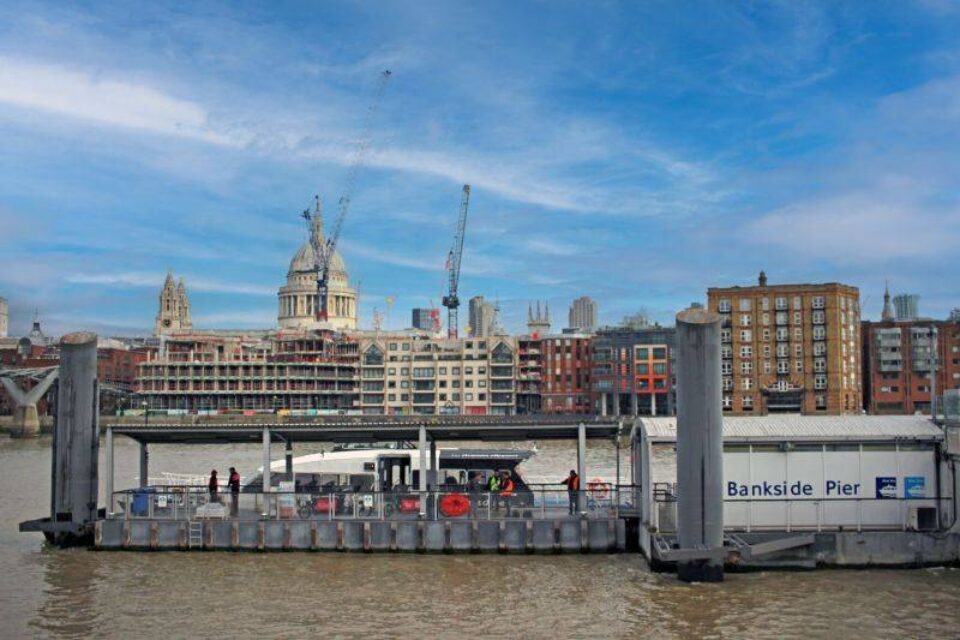





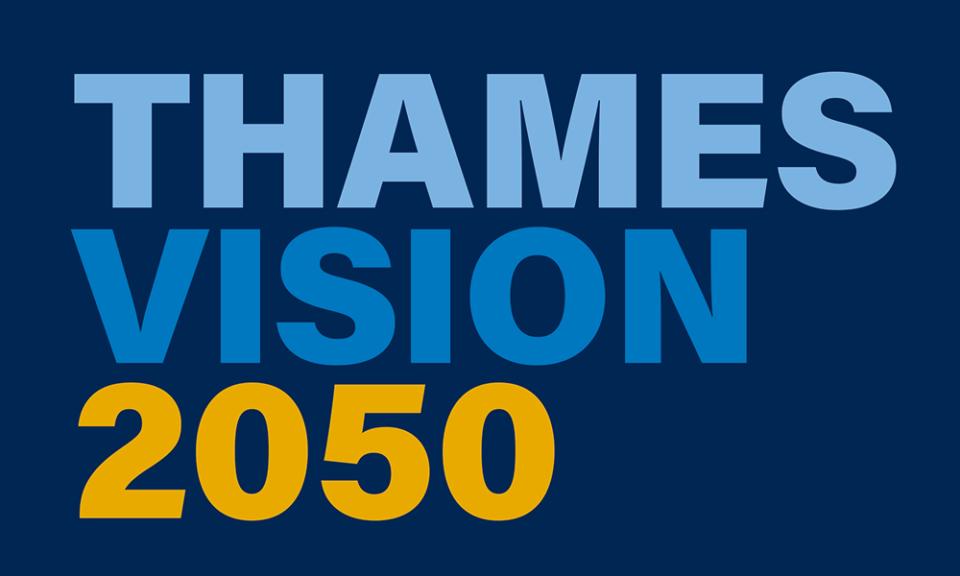

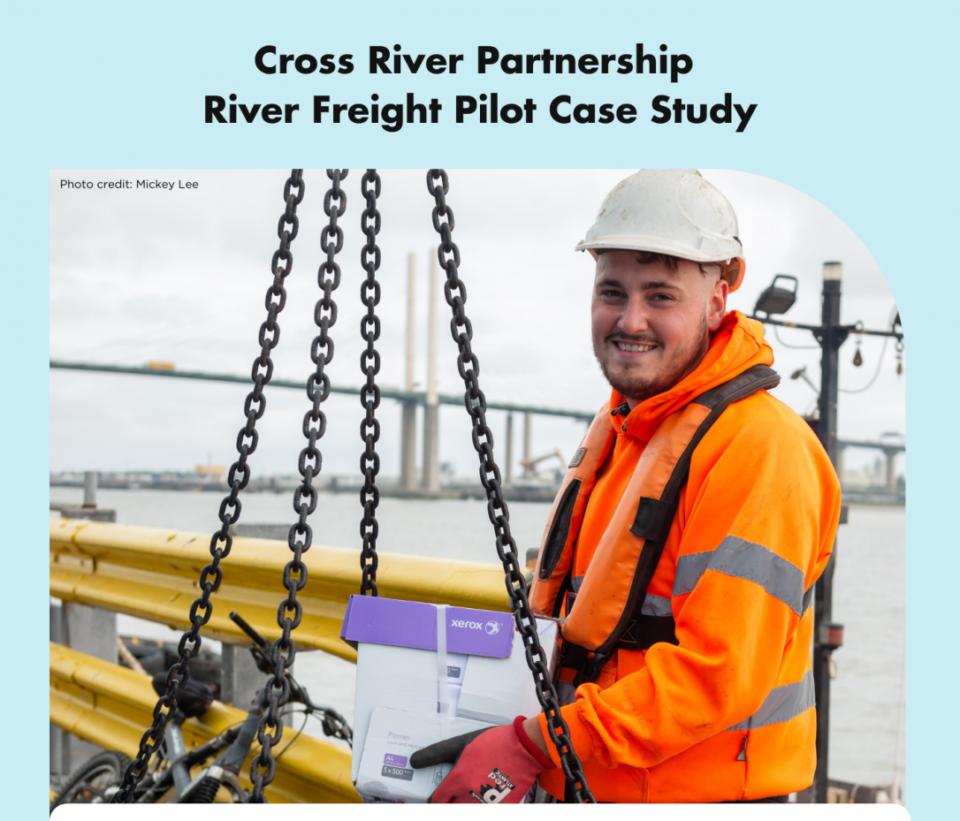
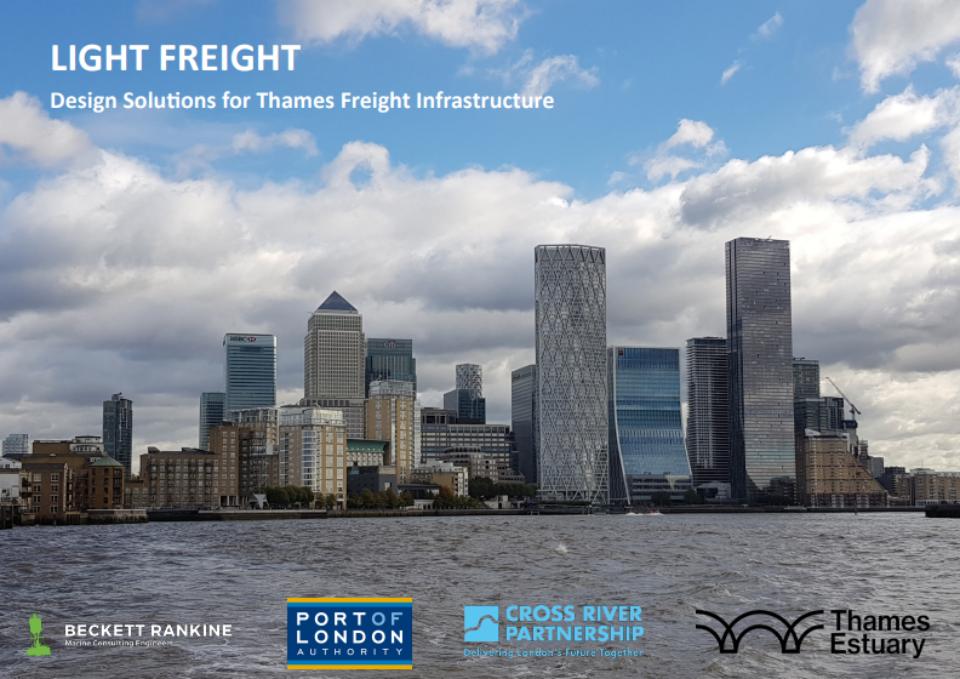
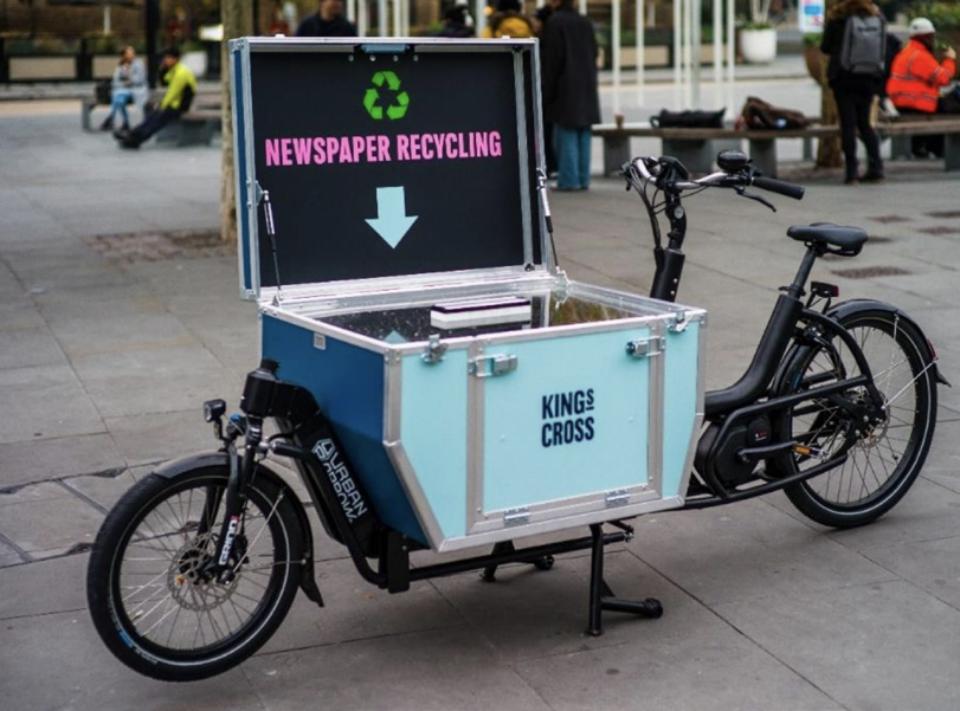
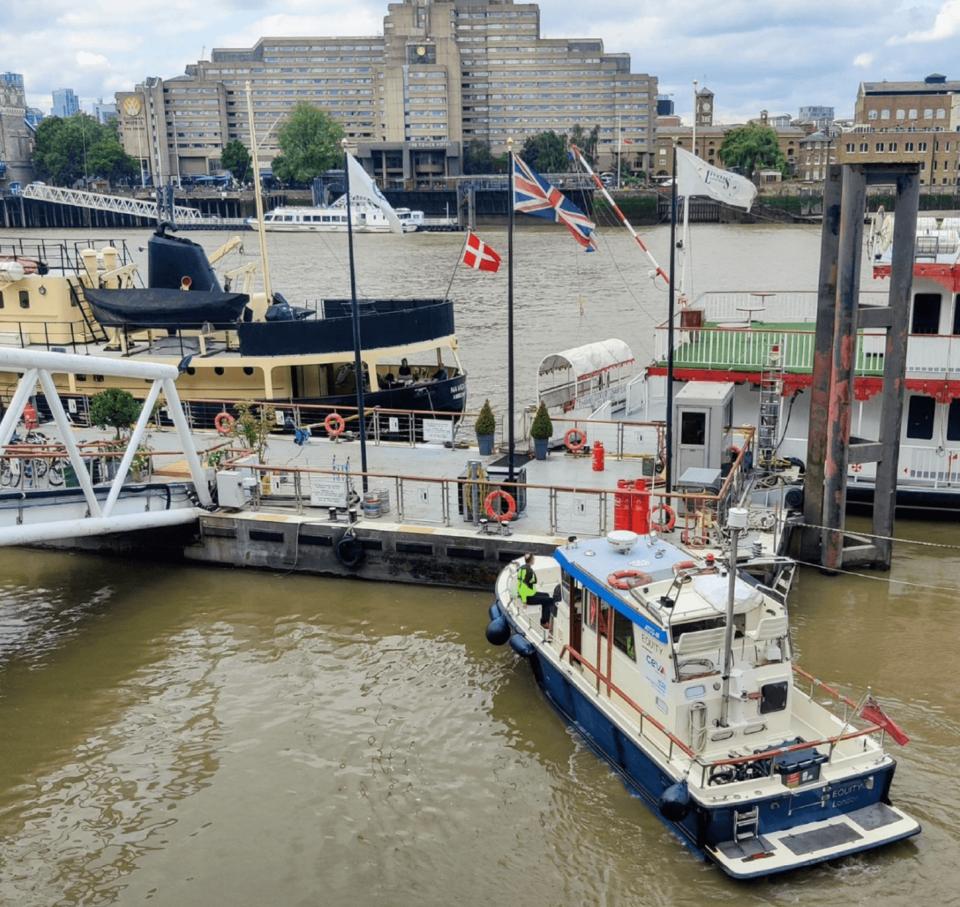

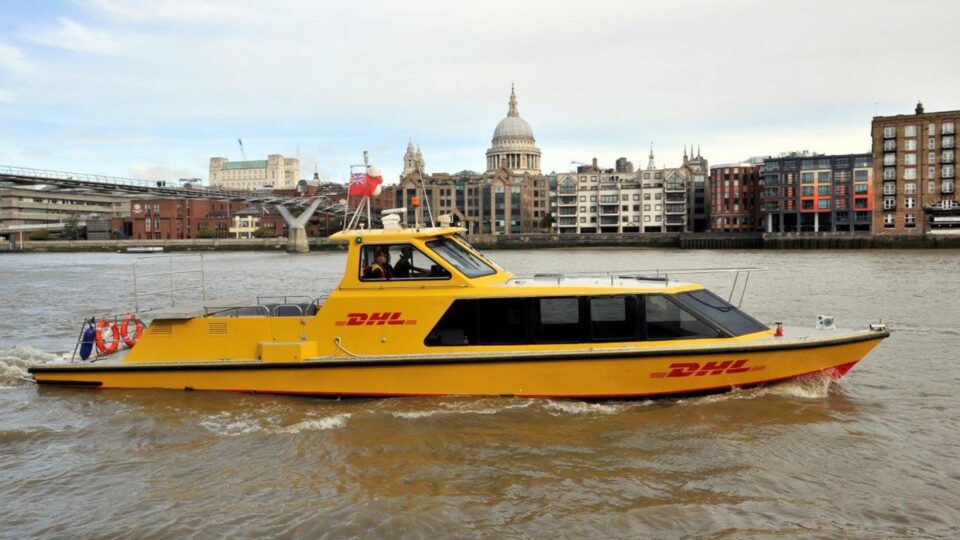
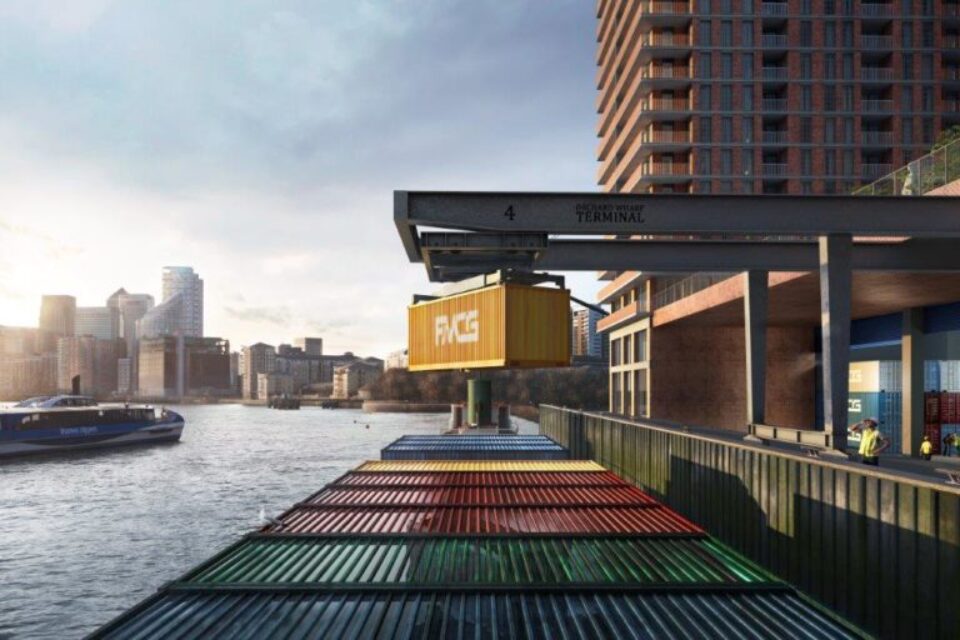
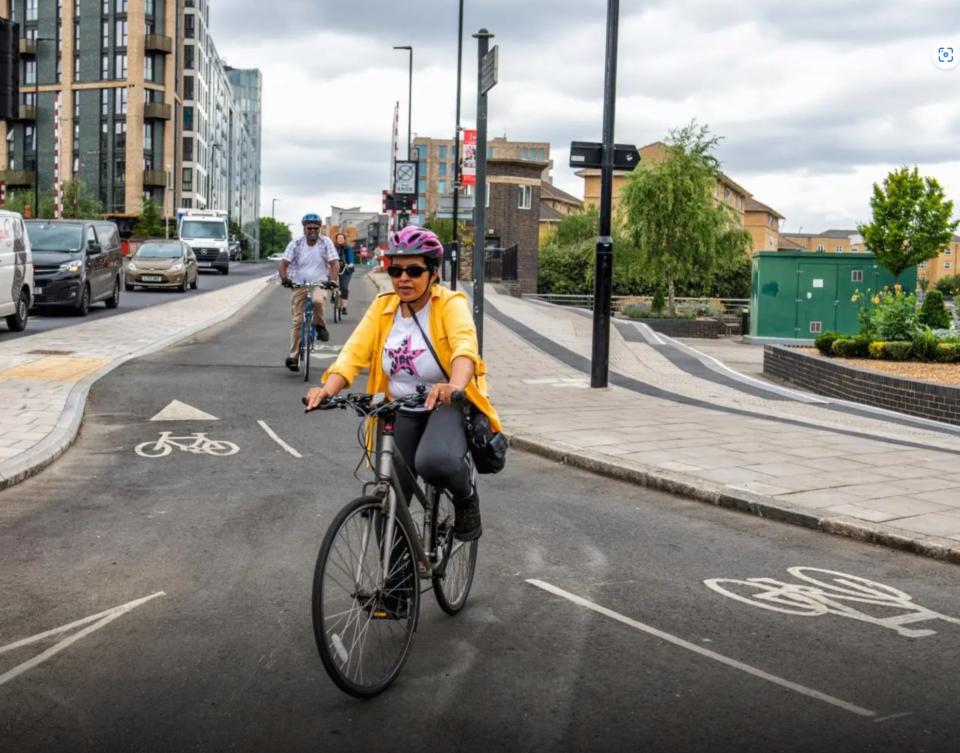
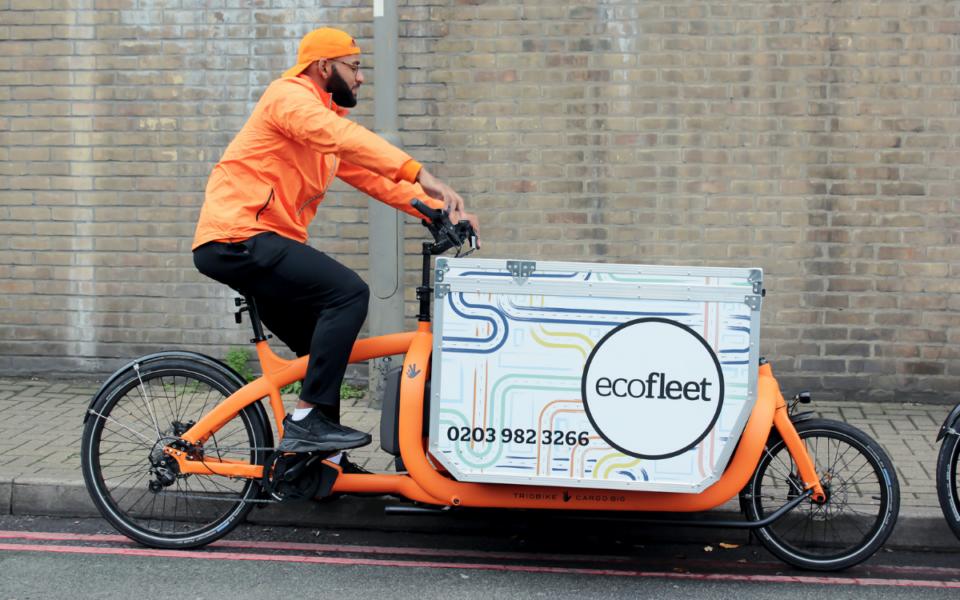
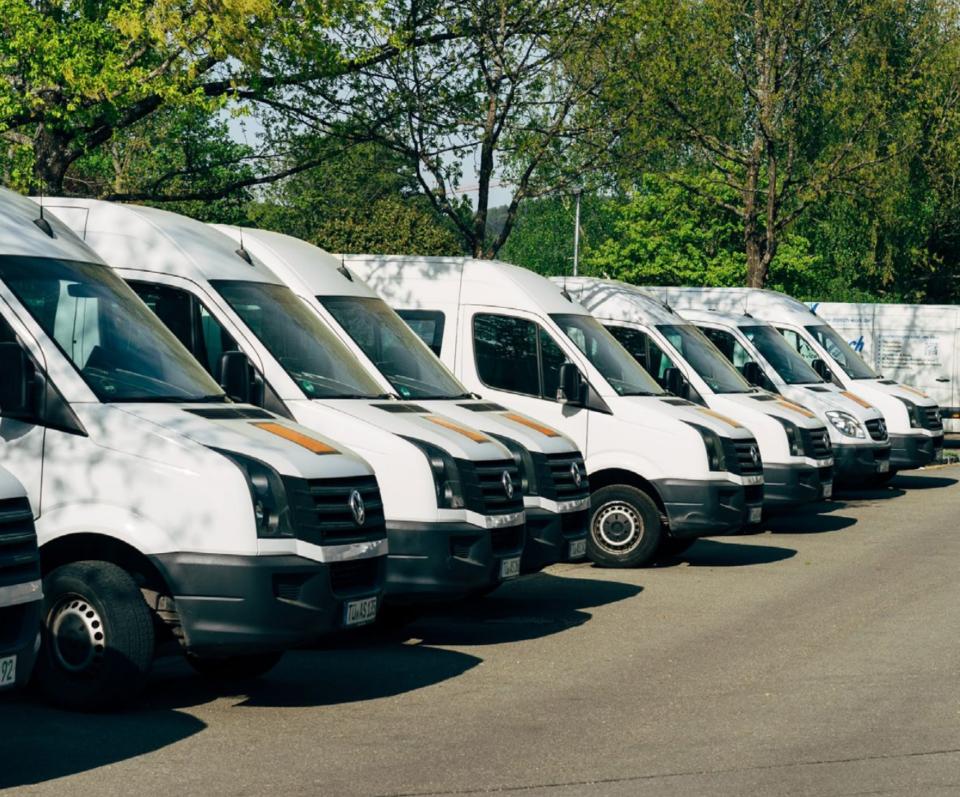
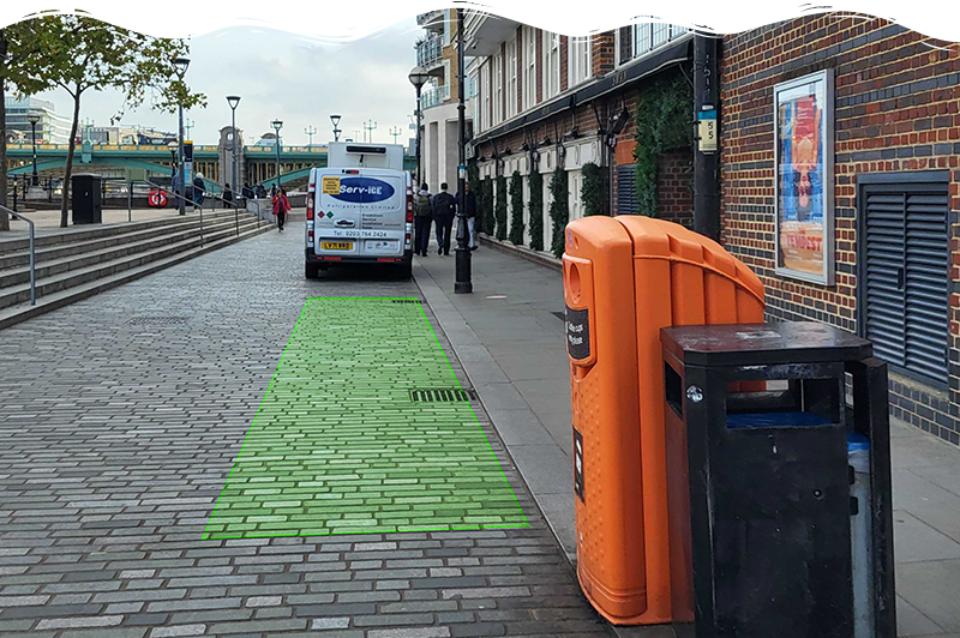

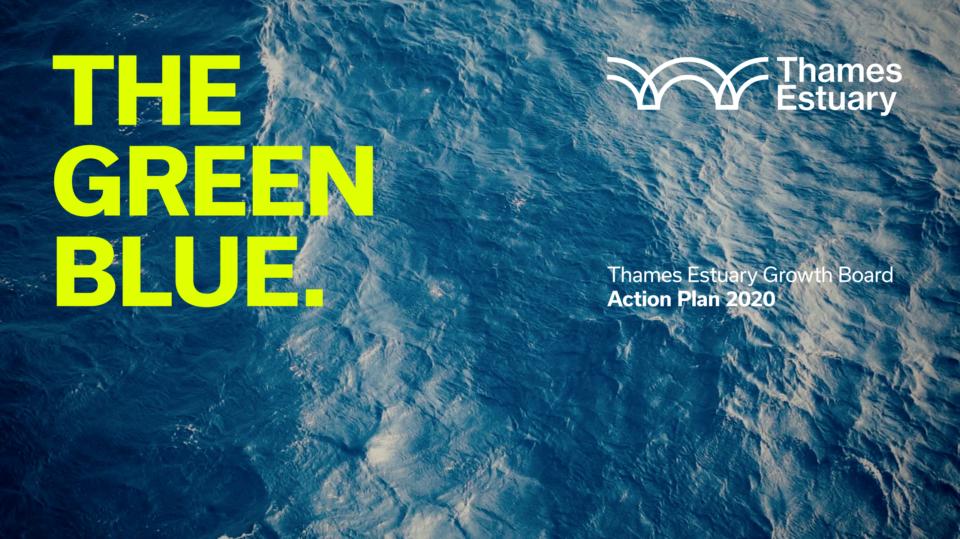


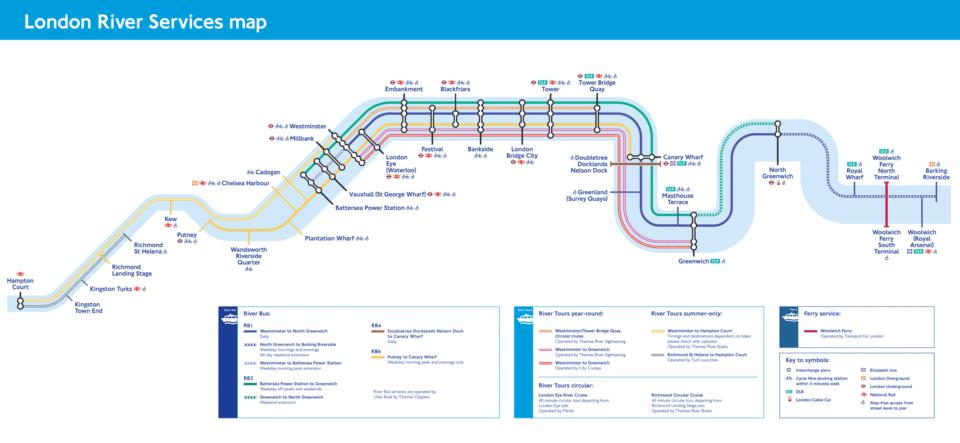







 What is river freight?
What is river freight?
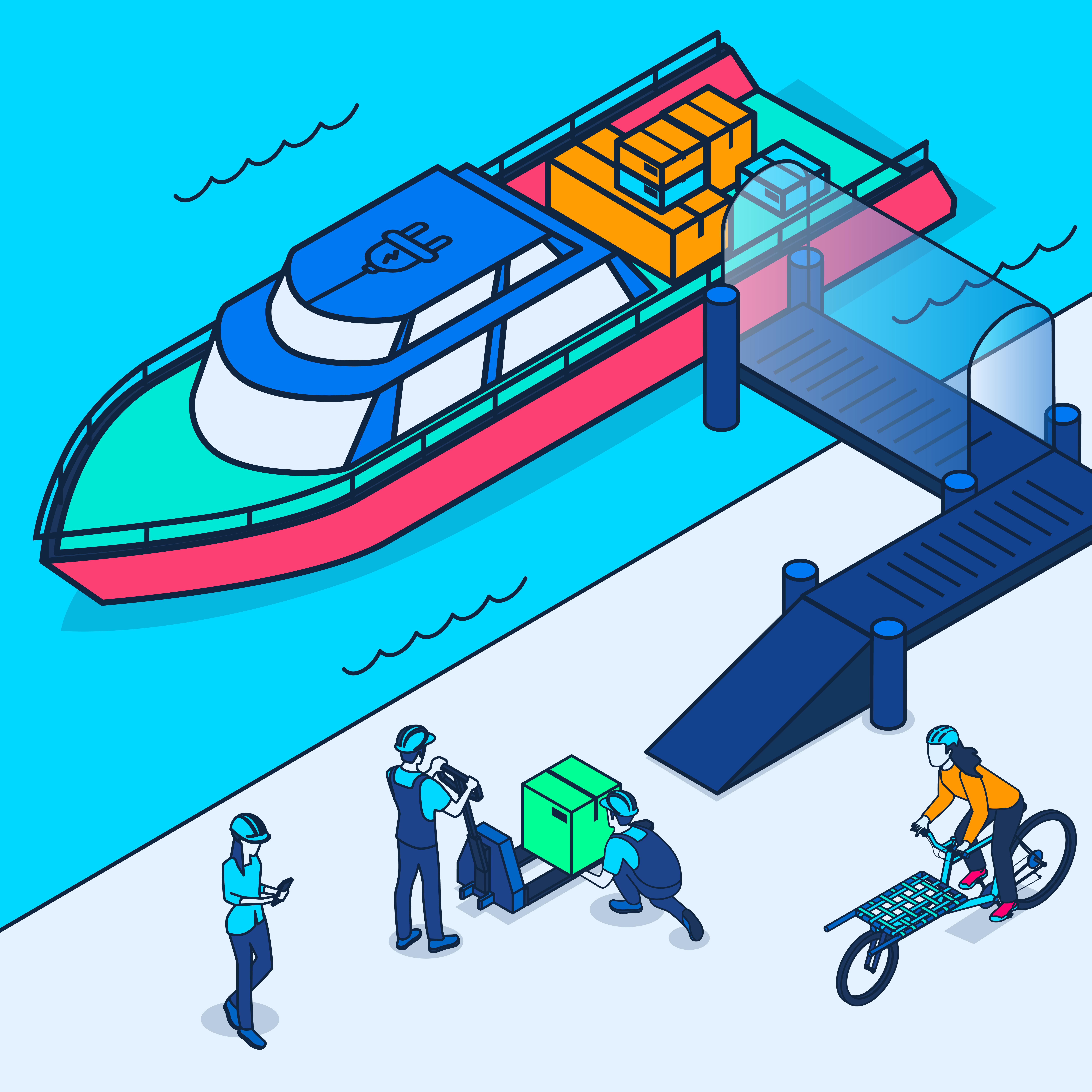

Join the community
Add a comment